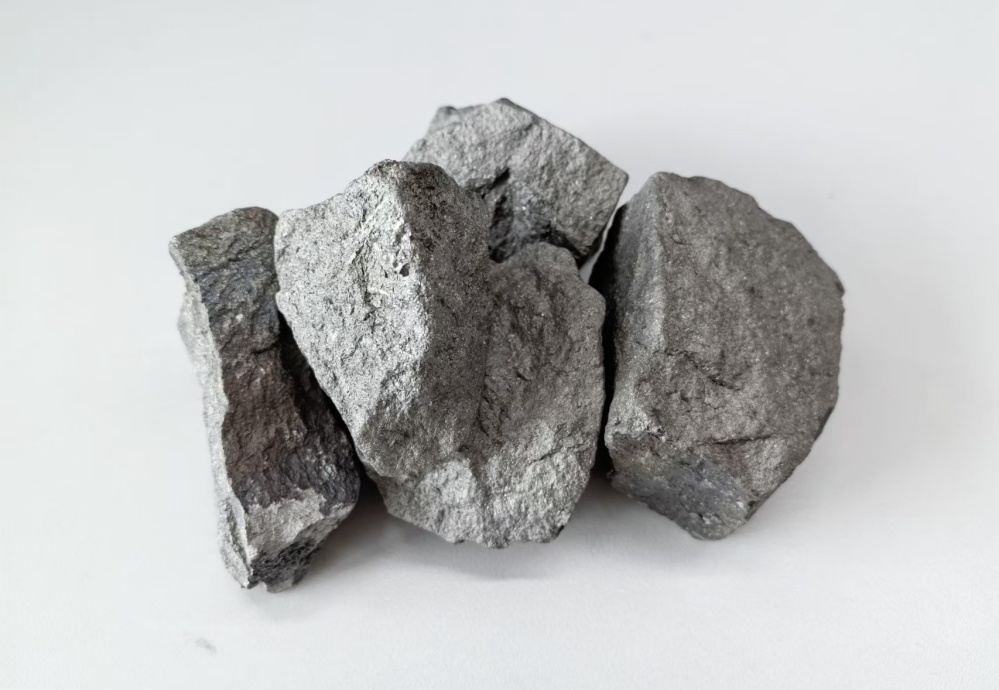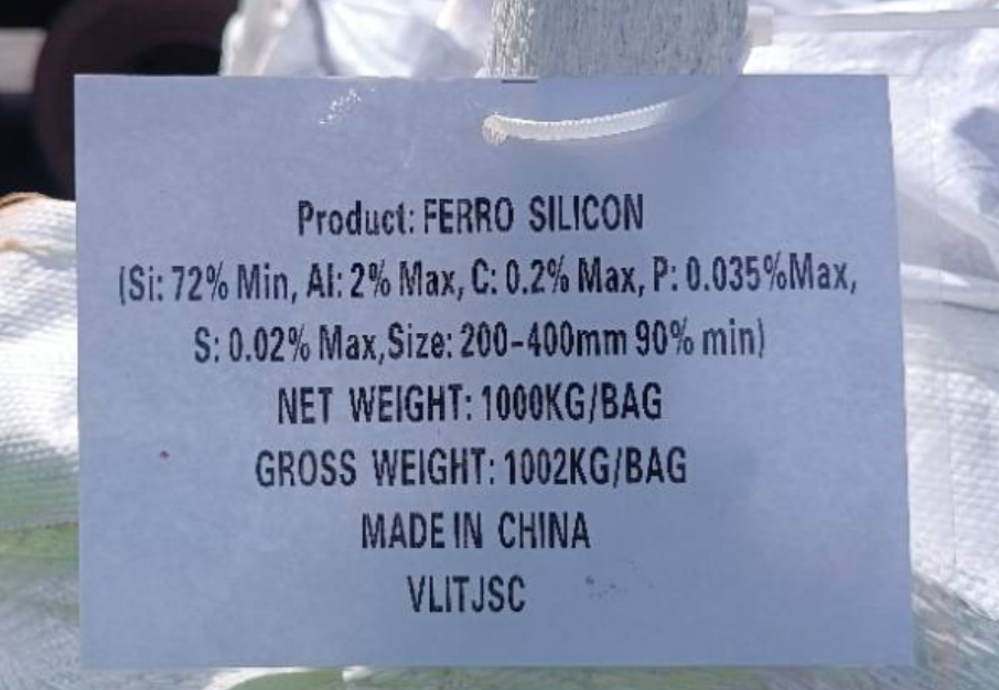MnFeAl alloy cannot replace silicon in electronic products
In response to the prediction that manganese-iron-aluminum alloy can replace silicon in electronic products, the Moscow Institute of Iron and Steel and Alloys took the lead in publishing research results in the world. The test did not prove that manganese-iron-aluminum alloy has the property of replacing silicon. The research results were published in the international academic journal "Magnetics and Magnetic Materials".
Manganese-iron-aluminum alloy is considered to have the prospect of being used in spintronics and is a modern substitute for silicon in electronic products. Dmitry Karpenkov, a staff member of the Moscow Institute of Steel and Alloys who participated in the research, said that finding materials with semi-metallic conductivity is an extremely important task, because according to the plan, this material will be used in spin. In the electronics device. In order to be used in spintronics structures, all electronic magnetic moments must be aligned in one direction. This helps increase the effectiveness of spintronics devices.
Foreign researchers have predicted that manganese-iron-aluminum alloy has the required conductivity type. The scholars of the Moscow Institute of Steel and Alloy decided to test their theoretical hypotheses.
"The sample is extremely disordered and does not have a permanent magnet sequence," Karpenkopf explained. He said that in terms of transport performance, this alloy is similar to the so-called "bad alloy". For "bad alloys", unusually high electrical resistance compared with ordinary metals is a typical feature.
Researchers plan to continue to search for materials that have 100% spin polarizability, both theoretically and experimentally.






